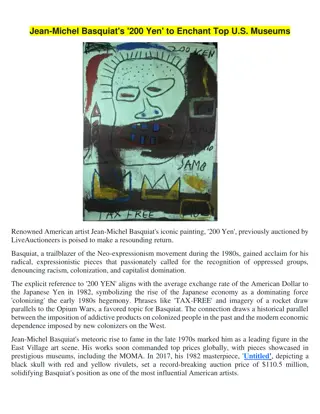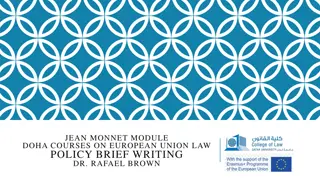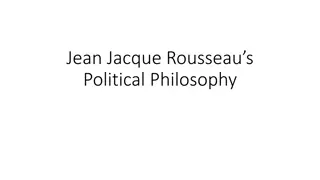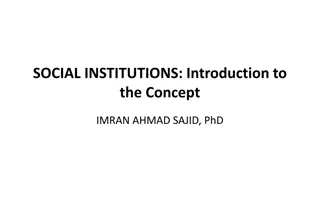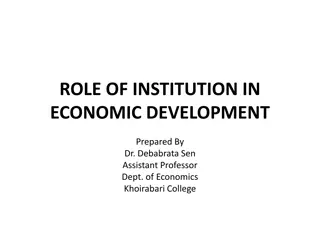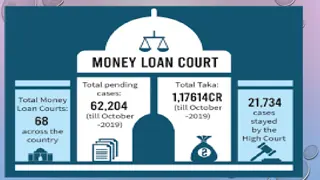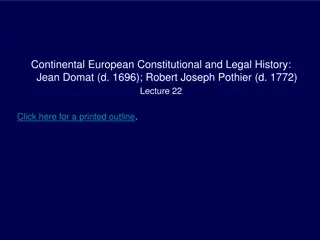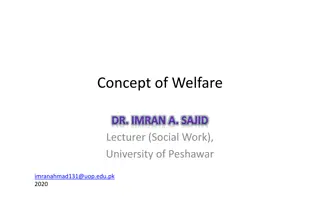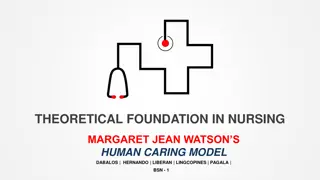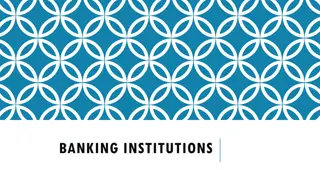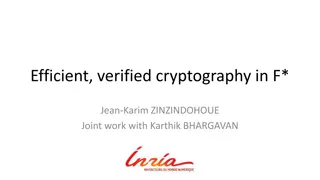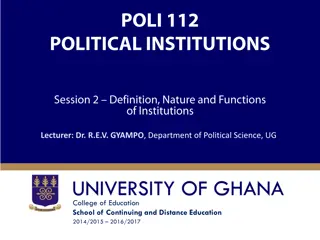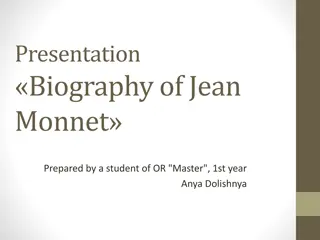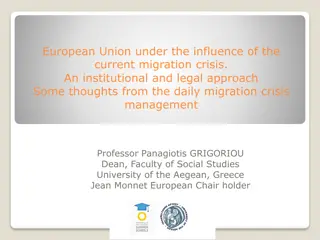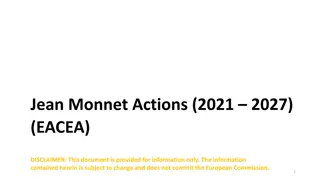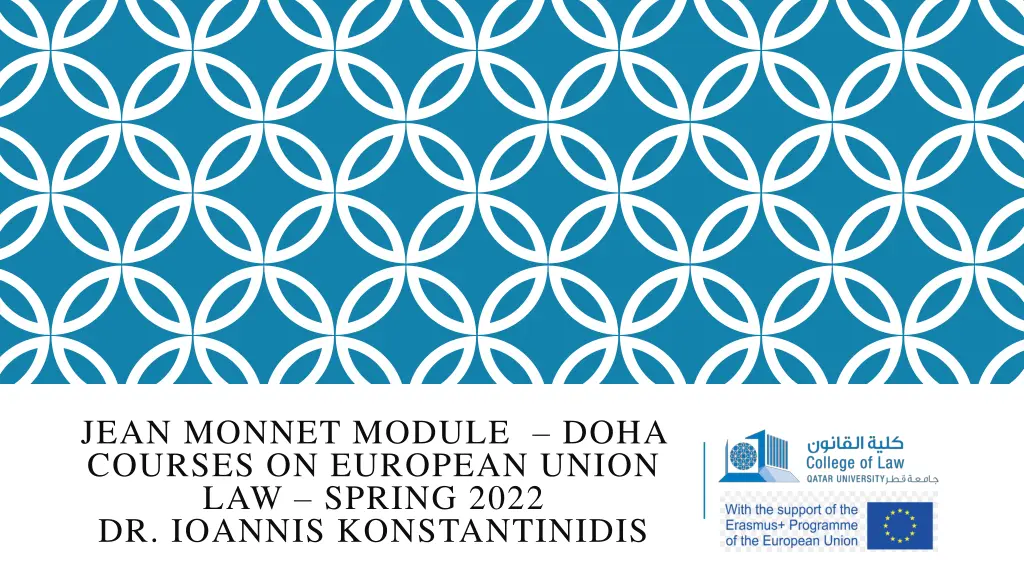
European Union Law Courses by Dr. Ioannis Konstantinidis in Qatar
Join the Jean Monnet Module Doha courses on European Union law for Spring 2022 taught by Dr. Ioannis Konstantinidis, an Assistant Professor at Qatar University. Explore the legal history and institutions of the European Union, with classes held online. Contact details and course information provided.
Download Presentation

Please find below an Image/Link to download the presentation.
The content on the website is provided AS IS for your information and personal use only. It may not be sold, licensed, or shared on other websites without obtaining consent from the author. If you encounter any issues during the download, it is possible that the publisher has removed the file from their server.
You are allowed to download the files provided on this website for personal or commercial use, subject to the condition that they are used lawfully. All files are the property of their respective owners.
The content on the website is provided AS IS for your information and personal use only. It may not be sold, licensed, or shared on other websites without obtaining consent from the author.
E N D
Presentation Transcript
JEAN MONNET MODULE DOHA COURSES ON EUROPEAN UNION LAW SPRING 2022 DR. IOANNIS KONSTANTINIDIS
WELCOME TO THE COURSE Instructor Dr. Ioannis Konstantinidis, Assistant Professor, College of Law, Qatar University Ph.D. Sorbonne Law School/Universit Paris 1 Panth on-Sorbonne, France LL.M. Sorbonne Law School/Universit Paris 1 Panth on-Sorbonne, France M.A. Institut d Etudes Politiques de Paris/Sciences Po, France B.A. National and Kapodistrian University of Athens, Greece
WELCOME TO THE COURSE Contact Details Email: ikonstantinidis@qu.edu.qa Office: New Faculty Building I03, Office 618 Office Hours (via Blackboard Collaborate): Monday, 10:00AM 11:00 PM
WELCOME TO THE COURSE Course Information Class Days: Sunday/Tuesday/Thursday Class Time: 4:00 PM 5:00 PM Classes will be held online via WEBEX
STUDENTS Students What is your background? Why did you choose this course? What are your expectations for this course?
STUDENTS Students European Union: What is the first thing that comes to mind?
COURSE 1: THE EUROPEAN UNION: LEGAL HISTORY AND INSTITUTIONS WEEK 4 I. Introduction to the Institutions of the European Union II. The European Council, the Commission and the Council III. Concluding Remarks
WEEK 1 Learning Outcomes: On completion of this week, students should Have developed an advanced understanding of the functions, composition and working procedures of the European Council, the Commission and the Council
I. INTRODUCTION TO THE INSTITUTIONS OF THE EUROPEAN UNIONS How does the European Union (EU) work?
I. INTRODUCTION TO THE INSTITUTIONS OF THE EUROPEAN UNIONS EU Institutions The EU shall have an institutional framework which shall aim to promote its values, advance its objectives, serve its interests, those of its citizens and those of the Member States, and ensure the consistency, effectiveness and continuity of its policies and actions
I. INTRODUCTION TO THE INSTITUTIONS OF THE EUROPEAN UNIONS EU Institutions pursuant to article 13(1) of the Treaty on European Union (TEU) The European Parliament The European Council The Council The European Commission The Court of Justice of the European Union The European Central Bank The Court of Auditors
I. INTRODUCTION TO THE INSTITUTIONS OF THE EUROPEAN UNIONS The European Council The European Council was created as an informal forum following a meeting of the heads of State and government in Paris in 1974 It received recognition in the Single European Act in 1987, was granted a formal status in 1992 and was finally recognized as an official Union institution in the Treaty of Lisbon in 2009 Attention: The European Council should not be confused with the Council of the European Union (the Council) or the Council of Europe, which is not an EU organization
I. INTRODUCTION TO THE INSTITUTIONS OF THE EUROPEAN UNIONS The Functions of the European Council The European Council is essentially a political forum in which the Member States heads of state or government, together with its President and the President of the Commission, determine the political agenda for the Union It is also at European Council meetings that discussions will take place on matters relating to the common foreign and security policy and other areas of the Union s external action
I. INTRODUCTION TO THE INSTITUTIONS OF THE EUROPEAN UNIONS The Functions of the European Council The subject matter of European Council meetings depends on a number of different factors Examples: on 29 April 2017, a Special European Council was held to establish the Union s position regarding the UK s decision to withdraw from the Union
I. INTRODUCTION TO THE INSTITUTIONS OF THE EUROPEAN UNIONS The Functions of the European Council The European Council plays an important role in certain appointment procedures for high profile EU level roles. In particular, it is responsible for: electing the President of the European Council proposing the President of the European Commission appointing the High Representative of the Union for Foreign Affairs and Security Policy officially appointing the entire body of Commissioners appointing the Executive Board of the European Central Bank (ECB), including the ECB president
I. INTRODUCTION TO THE INSTITUTIONS OF THE EUROPEAN UNIONS The European Commission The role of the Commission is set out in Article 17(1) TEU The Commission shall promote the general interest of the Union and take appropriate initiatives to that end. It shall ensure the application of the Treaties, and measures adopted by the institutions pursuant to them. It shall oversee the application of Union law under the control of the Court of Justice of the European Union
I. INTRODUCTION TO THE INSTITUTIONS OF THE EUROPEAN UNIONS The European Commission - Function to act as the executive of the Union and to see that Union policy is carried out To formulate new policy and to draft legislation to give it effect To police observance of Union rules To a lesser extent, to act as a legislative body in its own right. This latter function is largely related to the making (and enforcement) of detailed rules for the implementation of the Common Agricultural Policy.
I. INTRODUCTION TO THE INSTITUTIONS OF THE EUROPEAN UNIONS The European Commission
I. INTRODUCTION TO THE INSTITUTIONS OF THE EUROPEAN UNIONS The European Commission Functions Initiation of new legislation and policies Article 17(2) TEU explicitly states that: Union legislative acts may only be adopted on the basis of a Commission proposal, except where the Treaties provide otherwise. Other acts shall be adopted on the basis of a Com-mission proposal where the Treaties so provide Although the Commission is often described as the Union s executive, that description does not do justice to its major policy-making role
I. INTRODUCTION TO THE INSTITUTIONS OF THE EUROPEAN UNIONS The European Commission Functions Guardian of the Treaties Keeper of the soul of the Union, maintaining its course towards its declared aims of political and economic unity, Role of ensuring that EU law is effectively implemented and obeyed. This role is discharged both through political contact and, if need be, by the initiation of proceedings against Member States
I. INTRODUCTION TO THE INSTITUTIONS OF THE EUROPEAN UNIONS The European Commission Functions Allocation of EU funding Every year, the Commission submits a draft EU budget The draft is then subject to amendment by both the Council and the European Parliament before it is agreed
I. INTRODUCTION TO THE INSTITUTIONS OF THE EUROPEAN UNIONS The European Commission Functions International representation The Commission also has an important external role, representing the Union in negotiations with other groups of States and trading organizations It shall be responsible for ensuring that the agreements negotiated are compatible with the internal Union policies and rules.
I. INTRODUCTION TO THE INSTITUTIONS OF THE EUROPEAN UNIONS The European Commission Composition The European Council proposes to the European Parliament a candidate for President of the Commission The President is elected by the European Parliament by a majority of its component members. If this majority is not forthcoming, then the European Council shall within one month propose a new candidate who shall be elected by the European Parliament following the same procedure
I. INTRODUCTION TO THE INSTITUTIONS OF THE EUROPEAN UNIONS The European Commission Composition The President is then involved in the appointment of the individual Commissioners The potential Commissioners who are proposed by the Council and the President of the Com-mission are first suggested to them by the Member States Article 17(7) TEU then provides that the President, the High Representative and the other members of the Commission shall be subject as a body to a vote of consent by the European Parliament
I. INTRODUCTION TO THE INSTITUTIONS OF THE EUROPEAN UNIONS The Council The Treaties now refer to the Council, but some commentators still refer to the Council of Ministers, as it was previously known, due to its being composed of Member State politicians
I. INTRODUCTION TO THE INSTITUTIONS OF THE EUROPEAN UNIONS The Council
I. INTRODUCTION TO THE INSTITUTIONS OF THE EUROPEAN UNIONS The Council Functions The function of the Council is set out in Article 16(1) TEU in very broad terms: The Council shall, jointly with the European Parliament, exercise legislative and budgetary functions. It shall carry out policy-making and coordinating functions as laid down in the Treaties Decision-making remains the central role of the Council While the Commission promotes the interests of the Union, the Council primarily represents the national interests of the Member States
I. INTRODUCTION TO THE INSTITUTIONS OF THE EUROPEAN UNIONS The Council Composition The Council consists of a representative of each Member State at ministerial level who may commit the government of the Member State in question and cast its vote (Art 16(2) TEU) The Council is therefore made up of politicians from the Member States who are authorized to bind the Member State they represent.
I. INTRODUCTION TO THE INSTITUTIONS OF THE EUROPEAN UNIONS The Council Composition There are no fixed members of the Council and membership will vary according to the matter under discussion Article 16(6) TEU provides for the Council to meet in different configurations. These configurations are determined by the European Council
I. INTRODUCTION TO THE INSTITUTIONS OF THE EUROPEAN UNIONS The Council Composition The office of President of the Council is held in turn by each Member State for a period of six months in the order decided by the Council acting unanimously.
I. INTRODUCTION TO THE INSTITUTIONS OF THE EUROPEAN UNIONS The Council COREPER COREPER, which is the French acronym for the Committee of Permanent Representatives, plays an important role in providing continuity during the inevitable absences of relevant ministers from the Council The Committee consists of senior national officials who are permanently located in Brussels
I. INTRODUCTION TO THE INSTITUTIONS OF THE EUROPEAN UNIONS The High Representative of the Union for Foreign Affairs and Security Policy Article 18 TEU provides for the appointment of the High Representative of the Union for Foreign Affairs and Security Policy Although clearly not one of the EU institutions, this is an appropriate point to consider the High Representative
I. INTRODUCTION TO THE INSTITUTIONS OF THE EUROPEAN UNIONS The High Representative of the Union for Foreign Affairs and Security Policy Role The High Representative is appointed by the European Council with the agreement of the President of the Commission Conducts the Union s common foreign and security policy Chairs the Foreign Affairs Council Serves as one of the Vice-Presidents of the Commission
I. INTRODUCTION TO THE INSTITUTIONS OF THE EUROPEAN UNIONS The High Representative of the Union for Foreign Affairs and Security Policy Role Two-hatted role Consistency of the Union s external action as a whole
NEXT WEEK: THE EUROPEAN PARLIAMENT, THE COURT OF JUSTICE OF THE EUROPEAN UNION SPECIAL FOCUS ON THE EU LEGISLATIVE PROCESS Readings Per the course syllabus


